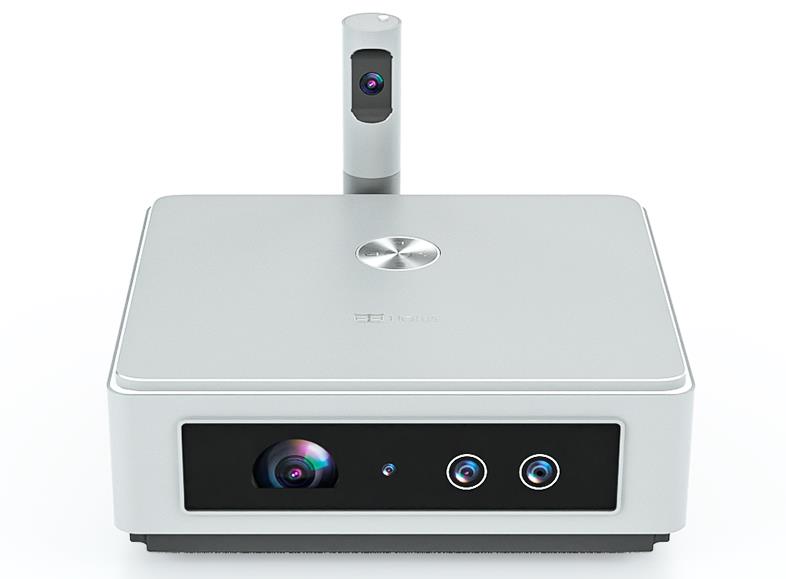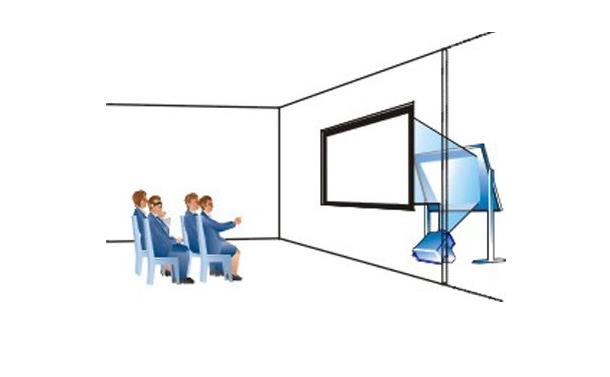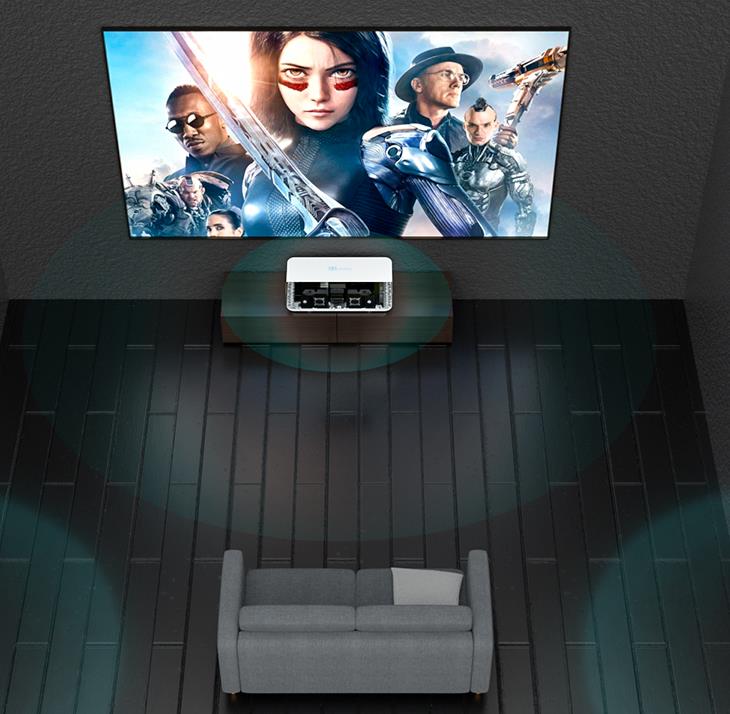- Select Language
The R501 PDA combines a powerful MT6762 Octa-Core ...
The N40 Android smart PDA features a Cortex-A53 qu...
The T80 handheld PDA combines advanced barcode sca...
What do front projection and rear projection mean in a projector?
Front Projection vs Rear Projection in Projectors
The terms "Front Projection" and "Rear Projection" refer to two distinct projection methods employed in projectors, differing primarily in their installation positions, light transmission paths, and suitability for various scenarios.

Front Projection
Definition:
Front Projection, also known as Front Proj, is the most commonly used projection installation method. In this method, the projector and the audience are positioned on the same side of the projection screen, with the projector emitting light directly onto the screen, allowing viewers to watch the projected image from the front.
Characteristics:
Space-saving: As the projector and audience are on the same side, it eliminates the need for additional space to accommodate the projector, making it ideal for space-constrained environments like home theaters and small conference rooms.
High flexibility: Front Projection allows for versatile installation options, with the projector placed on a desk, a stand, or mounted on a ceiling.
Strong environmental adaptability: It can be used in a wide range of settings, from home entertainment to business presentations, offering good projection quality.
Applicable Scenarios:
Front Projection is more suitable for domestic or general settings such as home theaters, small conference rooms, and classrooms. These environments typically have a moderate distance between the audience and the projector, and the ambient light can be controlled to ensure optimal projection quality.

Rear Projection
Definition:
In Rear Projection, the projector is positioned behind the projection screen, with the light first striking the rear surface of the screen (which is typically translucent) before reflecting towards the audience in front.
Characteristics:
Reduced ambient light interference: As the projection light travels within an enclosed dark space, Rear Projection minimizes the impact of ambient light on the projected image, enhancing clarity and brightness.
Large projection area: It enables larger projection sizes, ideal for settings requiring expansive displays.
Aesthetic appeal: With the projector hidden behind the screen, it maintains the overall aesthetic harmony of the space.
Drawbacks:
Space-demanding: Rear Projection necessitates significant space for installing both the projector and the screen, with a required distance between them.
Higher costs: It utilizes special translucent screens, which can increase installation and maintenance expenses.
Applicable Scenarios:
Rear Projection is more suited to environments demanding high image quality, brightness, and contrast, such as exhibition halls, large conference rooms, and shopping malls. In these settings, viewers are often situated further away from the screen, and ambient lighting can be brighter, necessitating Rear Projection's advantages.

Choosing Between Them
The decision between Front Projection and Rear Projection should be based on specific usage scenarios and requirements. Front Projection is recommended for space-constrained environments with moderate projection demands. Conversely, Rear Projection is better suited for scenarios requiring large screens, high image quality, and brightness, particularly where space availability is not a constraint. Additionally, budget, installation, and maintenance costs should also be considered in the decision-making process.